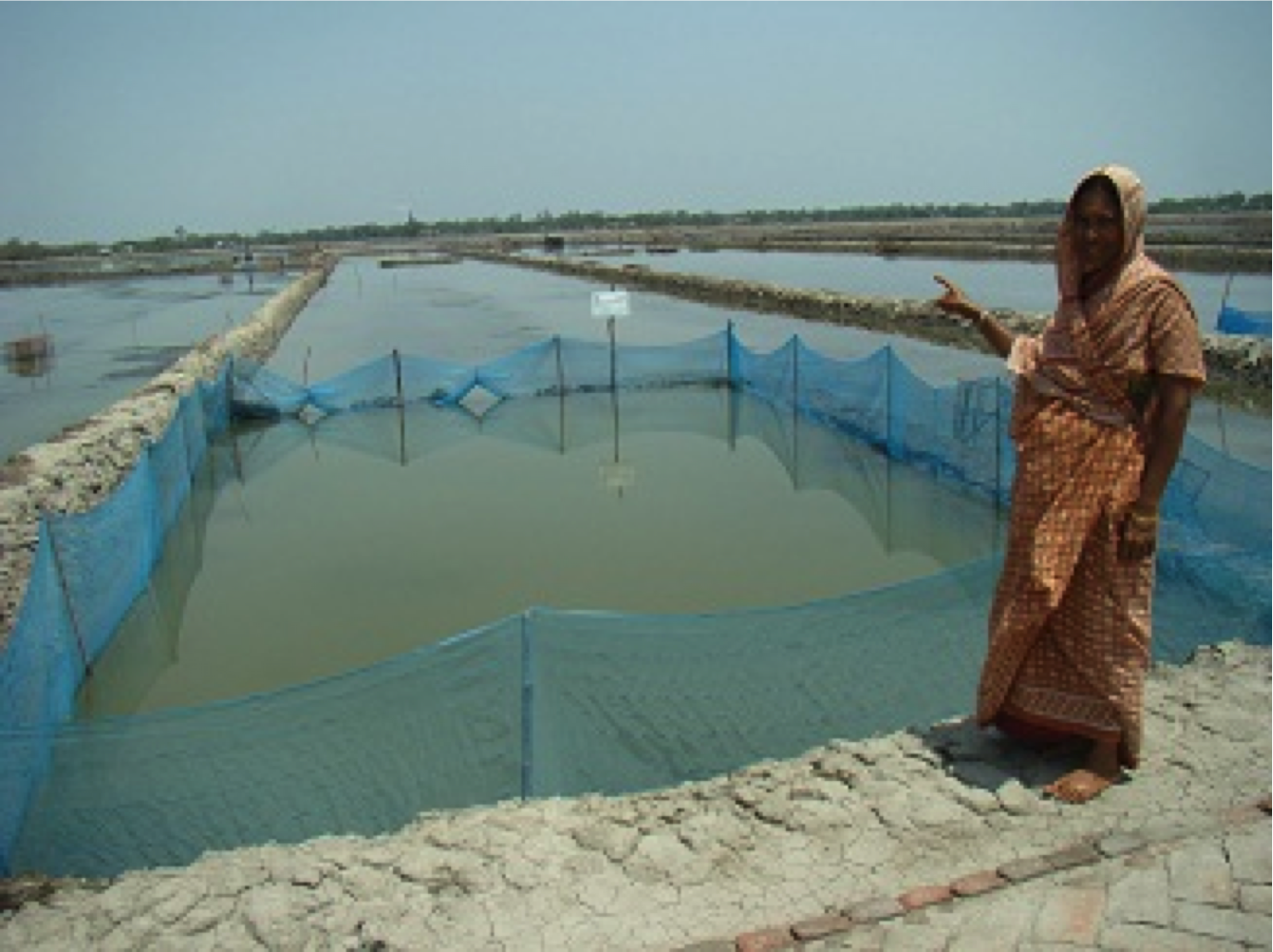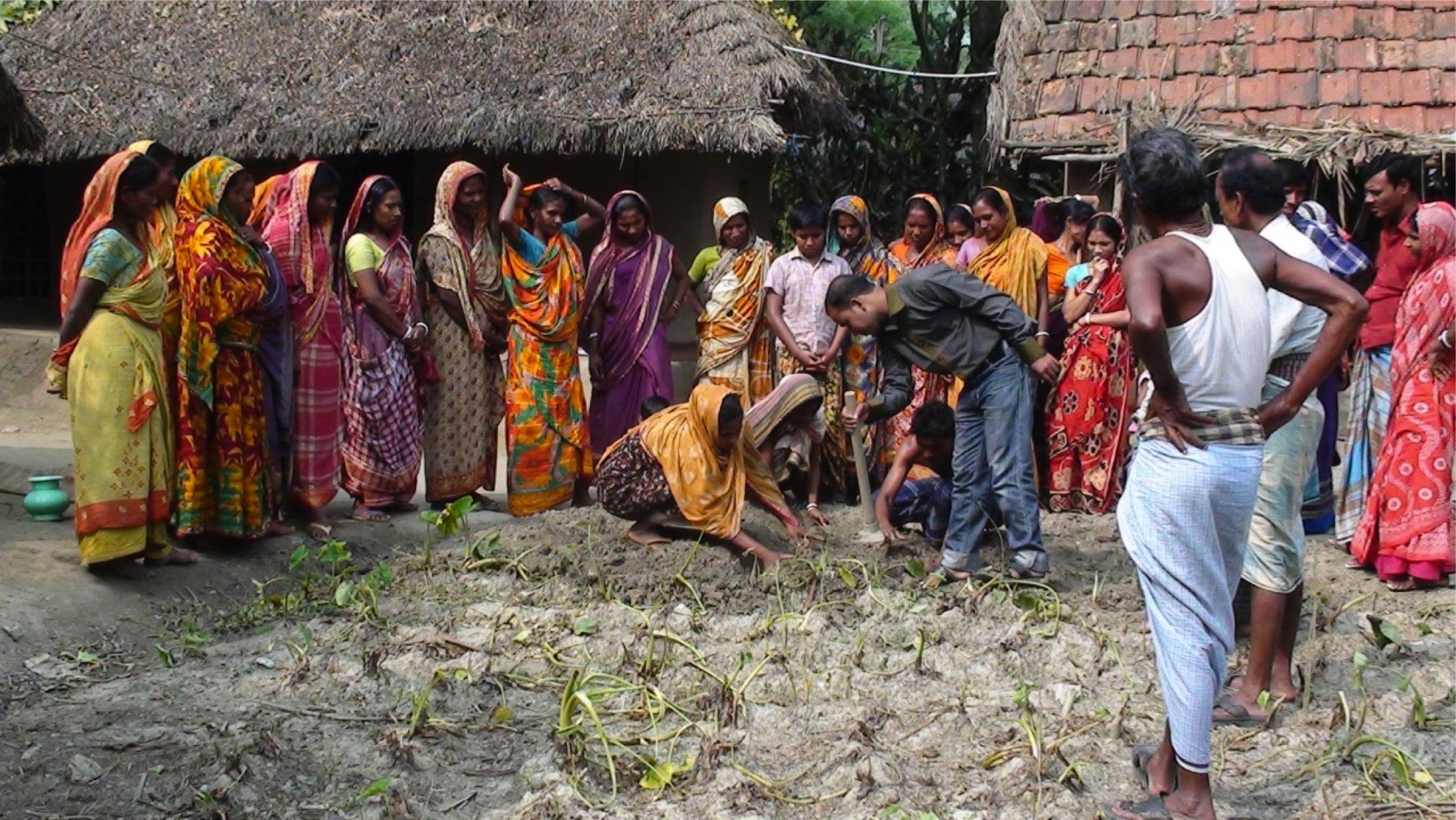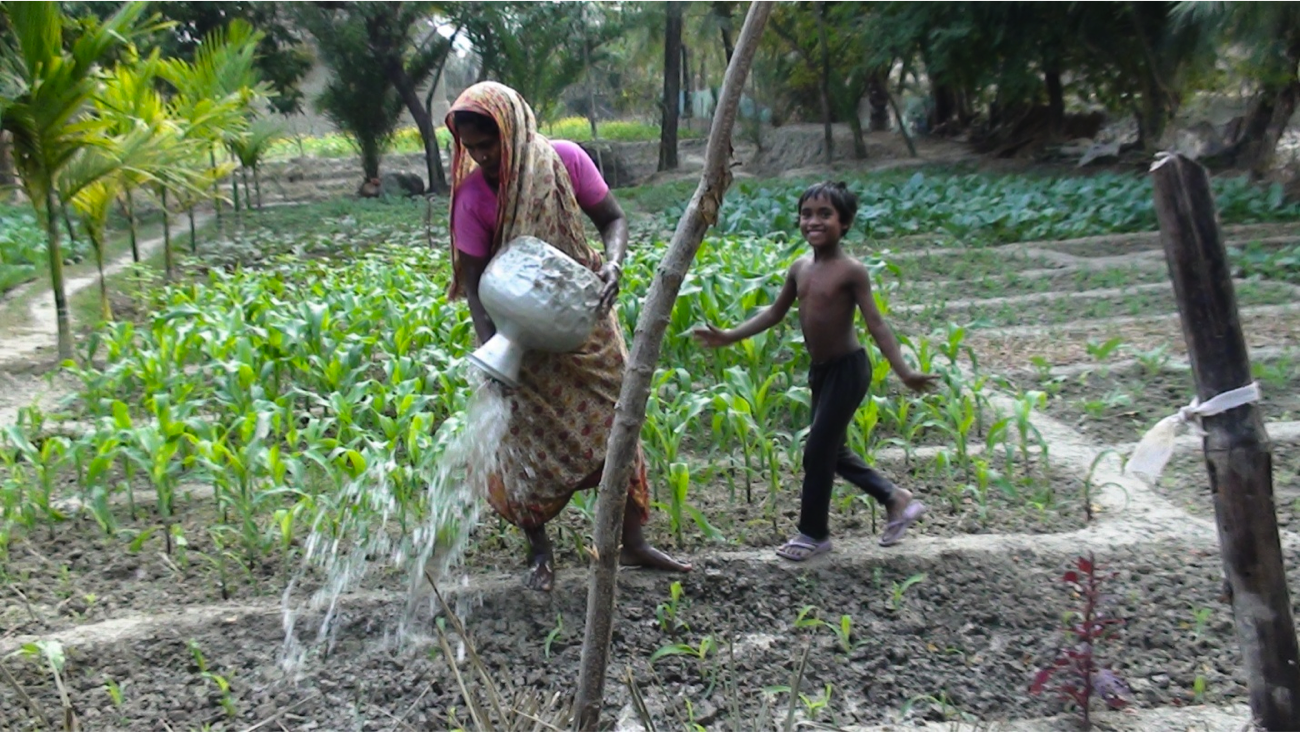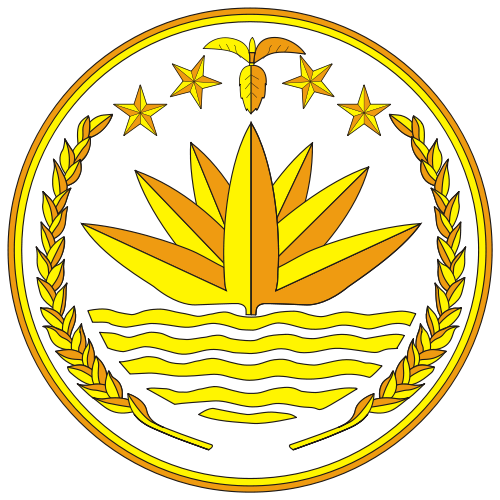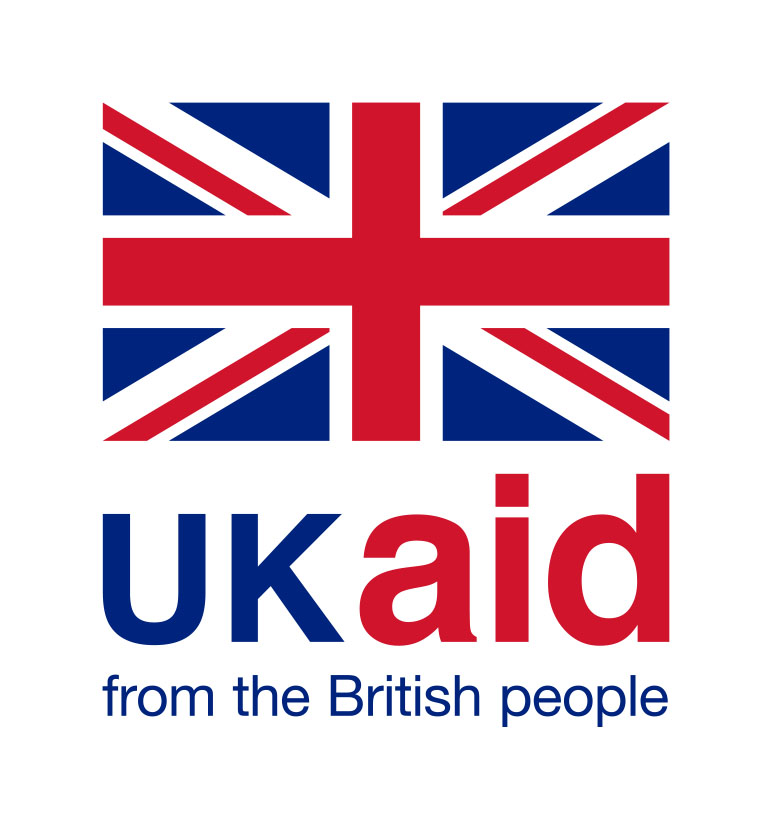Community-Based Adaptation: Bangladesh
Project Overview
Densely populated, coastal, and low-lying, Bangladesh faces serious climate change risks, including:
• Sea-level rise
• Intensification of cyclones
• Increased river flooding
• Salinization of agricultural land
• Changing rainfall patterns, with increasingly intense rainfall during the monsoon season
Adaptation to climate change is a strong government priority, and the Community-Based Adaptation Programme partners with the Government of Bangladesh/UNDP/DFID Comprehensive Disaster Management Programme (CDMP) to implement projects through the CDMP's local disaster risk reduction fund.
CBA activities will be guided by the Bangladesh CBA Country Programme Strategy. They include the following five (5) projects:
1. Community-Based Wetland Project
2. Coping with Climate Risks by Empowering Women in Coastal Areas
3. Piloting Climate-Resilient Development Initiatives
4. Strengthening Community Resilience in the Southwestern Coastal Area
5. Promoting Diversified Agro-Based Activities in the Jamalpur District
* Bangladesh is one of ten (10) countries implementing projects as part of UNDP's "Community-Based Adaptation" programme. *
Project Details
Climate change in Bangladesh is expected to bring increased temperatures, sea-level rise, increasingly erratic and intense monsoon rainfall, and increased prevalence and intensity of flood and drought. This will lead to substantial impacts on ecosystems and land resources. Pilot activities for the country's Community-Based Adaptation Programme concentrate on the southern coastal belt, a region that is expected to be highly impacted by climate change. This region also contains significant biodiversity in the form of the Sundarbans – the world’s largest mangrove forest, and a key habitat many threatened species.
Climate change impacts are likely to include:
- Increased risk of extreme events like cyclones, tornadoes, storm surges etc. This will have significant impacts on the lives and livelihoods of affected communities
- Increasingly erratic and intense rainfall, increasing risks of floods, drought and erosion
- Loss of biodiversity in mangrove forests, due to storm damage, as well as changing balances between rainfall and salinity driven both by seasonal drought and sea-level rise
- Significantly increased flooding due to sea-level rise as well as melting of Himalayan glaciers by the end of the 21st century
- Sedimentation of riverbeds, leading to changing ecosystem dynamics, and increasing risk of flood
- Transformation of thousands of hectares of land from non-flood-prone to moderately or extremely flood-prone status
- Beginnings of the progressive inundation of mangrove forests, farm land, and other land in the area, stemming from sea level rise
The CBA programme in Bangladesh seeks to build community-level adaptive capacity and reduce climate change risks that communities face. In turn, it aims to influence policy and institutional arenas in order to facilitate sustainable, community-led natural resource management in face of the above anticipated climate change impacts. It does so through the development of a project portfolio that addresses future climate change risks, starting from instances in which climate conditions have already begun to change in recent years. In these places, drought, lack of fresh water, and severe fisheries declines are now common phenomena, and will grow worse as climate change progresses. Communities report that these are new phenomena in the region.
The CBA projects therefore focus on community interventions to sustainably manage the ecosystems upon which the water and agriculture sectors are based. Within these sectors, the portfolio will prioritize interventions focusing on women, the poor, fishers, landless and land-poor farmers. The CBA Bangladesh portfolio focuses on the subset of adaptation interventions that generate global environmental benefits in the biodiversity and land degradation focal areas. It will contribute towards building ecological, social and institutional resilience of these benefits in the face of pressures stemming from climate change, including climate variability.
Key Results and Outputs
The objective of the Bangladesh national CBA country programme strategy will be the following:
Natural resource management practices improved in Bangladesh to reduce the vulnerability to climate change impacts and increase the capacity of communities and key ecosystems to adapt to climate change.
The achievement of this objective will be measured by the following impact indicators:
- Percentage change in livelihood groups engaged in sustainable resource management practices
- Percentage change in stakeholders enjoying sustainable benefits resulting from community based initiatives
- A notable increase in community awareness about climate change impacts
These indicators will be measured at the level of the national CBA programme, with each project’s VRA and IAS indicators making a contribution towards an impact at the national level.
Reports and Publications
Training & Tools
Brochures, Posters, Communications Products
Community-Based Adaptation: Climate Change in Action brochure (2009)
Community-Based Adaptation: Climate Change in Action brochure (Jan. 2010)
Community-Based Adaptation to Climate Change Brochure (July 2010)
ProDocs
Project Brief / Fact Sheet
PIFs
Monitoring and Evaluation
Monitoring and evaluation for community-based adaptation is a new field, and the CBA project is piloting innovative approaches to evaluating the success of locally-driven adaptation projects, and generating lessons to inform ongoing practice.
Key considerations in M&E for CBA include:
- Grounding M&E in the local context: M&E for CBA should avoid overly rigid frameworks, recognizing community heterogeneity and maintaining local relevance
- Capturing global lessons from local projects: CBA projects are highly contextualized, but lessons generated should be relevant to stakeholders globally
- Incorporation of both quantitative and qualitative indicators: to ground projects in tangible changes that can be objectively evaluated, and to capture lessons and case studies for global dissemination
To these ends, the CBA project uses three indicator systems: the Vulnerability Reduction Assessment, the Small Grants Programme Impact Assessment System, and the UNDP Climate Change Adaptation Indicator Framework.
The Vulnerability Reduction Assessment (VRA)
The VRA is a question-based approach with the following aims:
- To make M&E responsive to community priorities
- To use M&E to make projects more accountable to local priorities
- To make M&E capture community ideas and local knowledge
- To gather community-level feedback to guide ongoing project management
- To generate qualitative information
- To capture lessons on specific issues within community-based adaptation
- To generate case studies highlighting adaptation projects
The VRA follows UNDP's Adaptation Policy Framework, and is measured in a series of meetings with local community stakeholders. In these meetings, locally-tailored questions based on standard VRA questions/indicators are posed, and the community assigns a numerical score on a 1-10 scale for each question. Progress is evaluated through changes in scores over the course of implementation, as well as through qualitative data collected in community discussions surrounding the exercise.
UNDP has developed a Users Guide to the VRA (Espanol) (Francais) as a tool to assist practitioners to conceptualize and execute VRA measurements in the context of CBA projects.
The SGP Impact Assessment System (IAS)
The CBA, being a project of the GEF Strategic Priority on Adaptation, aims to increase the resilience of ecosystems and communities to the impacts of climate change, generating global environmental benefits, and increasing their resilience in the face of climate change impacts. To this end, the CBA projects use the SGP's impact assessment system for monitoring achievements in GEF focal areas (focusing primarily on biodiversity and sustainable land management).
The IAS is composed of a number of quantitative indicators which track biophysical ecosystem indicators, as well as policy impact, capacity development and awareness-building.
UNDP Climate Change Adaptation Indicator Framework
CBA projects also track quantitative indicators from UNDP's adaptation indicator framework, corresponding to the thematic area on natural resources management. More information on UNDP's indicator framework can be found on the UNDP climate change adaptation monitoring and evaluation website.
* This description applies to all projects implemented through UNDP's Community-Based Adaptation programme. Specific details on this project's M&E will be included here as they become available. *
